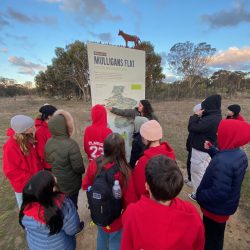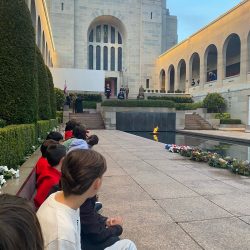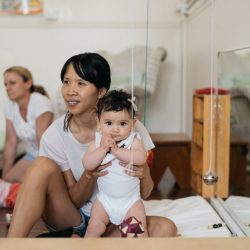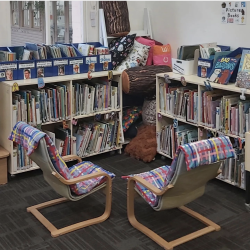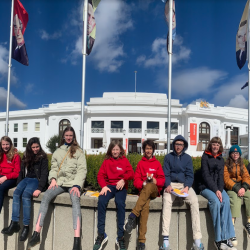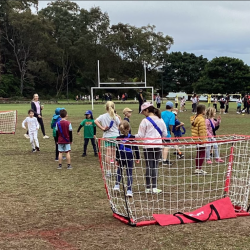Lesson Structure and Curriculum
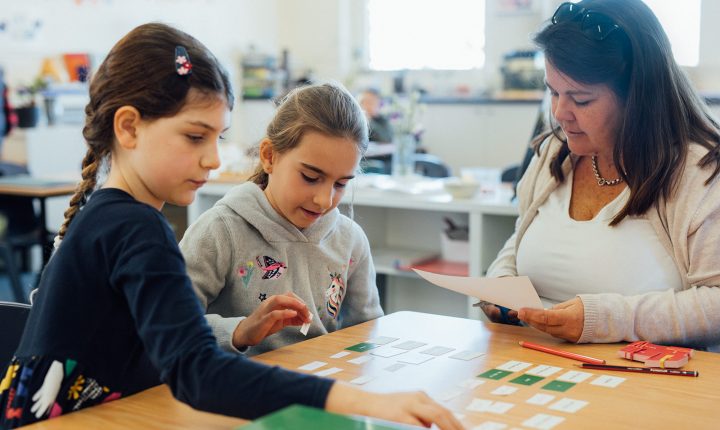
“Since it has been seen to be necessary to give so much to the child, let us give him/her a whole vision of the universe. The universe is an imposing reality and an answer to all questions. We shall walk together on this path of life, for all things are part of the universe and are connected with each other to form one whole unity.” Maria Montessori
The subject areas explored by the children at ISMS include:
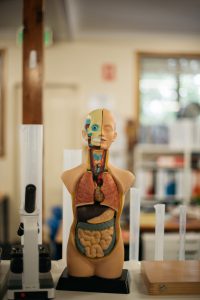
- Practical Life and Sensorial (for 0 – 6 years)
- Mathematics
- Geometry
- Language
- History
- Science and Geography
- Creative Arts (Music/Visual Arts/Drama/Dance)
- PD/H/PE
- Grace and Courtesy
For further information regarding what is taught in each subject area, please see the Programs pages.
Although we may refer to a ‘Montessori Curriculum’, this does not impose a limitation on the children’s learning. From 0 – 6 years, the children, being tactile learners, may explore any part of their world they are drawn to. From 6 – 12 years, the children’s imagination ignites and their curiosities extend beyond the world, to the whole universe.
The Montessori Curriculum integrates all subjects and concepts taught within the Australian National Curriculum, and also extends children beyond these concepts.
Key Lessons make up the ‘Montessori Curriculum’
Each Key Lesson provides children with the necessary experience/materials, information, or processes needed to understand a new concept, progress in their learning or explore their interests.
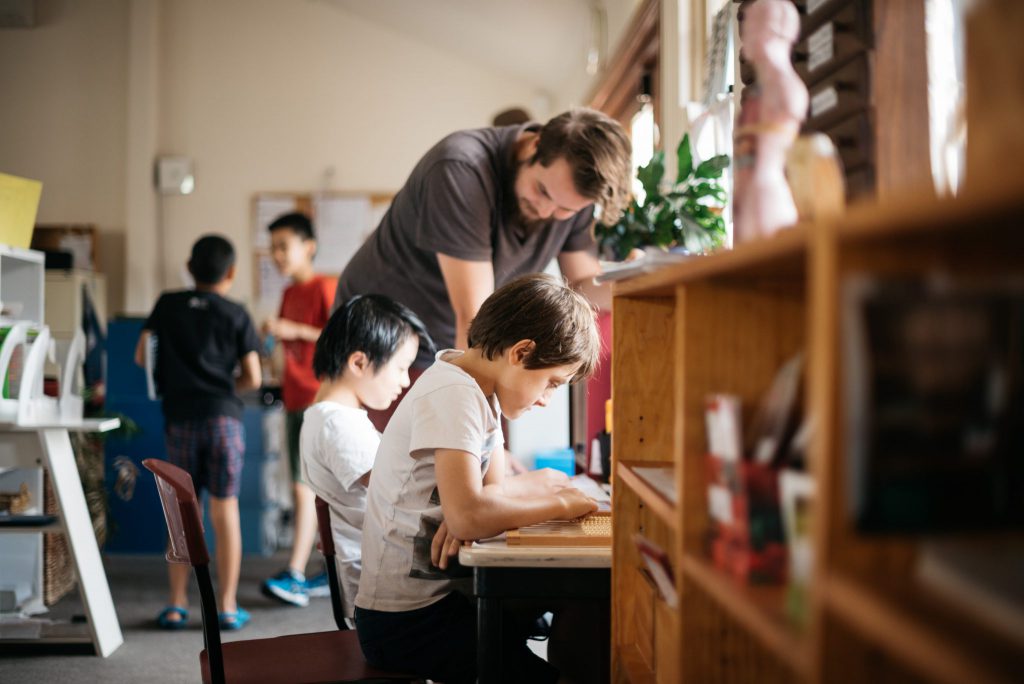
The Montessori Method for education uses an interdisciplinary approach. Lessons are designed for children between 0 – 3, 3 – 6, or 6 – 12 years old and follow a fluid developmental progression. There is no division between the content taught at specific year levels and many subject areas are integrated.
After a Key Lesson, the children take independent ownership of their learning and work together to practice, explore and make connections to the concepts given in their Key Lesson.
An essential part of Montessori philosophy is to ‘follow the child’. Lessons or topic areas are, therefore, presented to each child when they are developmentally ready. This also allows for spontaneity in learning as a child’s interest to engage in an activity can spark at any time.
New lessons are provided as and when a child is ready to progress in a particular subject or grouping of subjects. Lesson presentation timing is unique to each child’s individual path of learning and corresponding follow-up work.
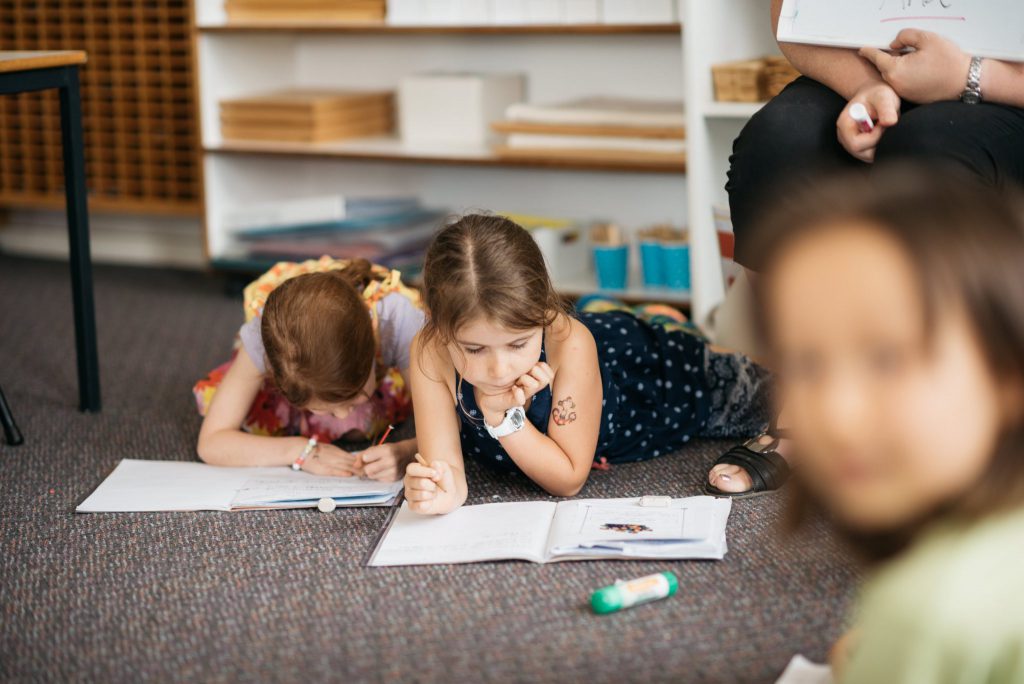
In Montessori Primary classrooms, lessons are usually given to children in small groups and, therefore, each lesson can be chosen or adapted to suit the individual needs of the children participating. Small group lessons allow for an essential focus on peer collaboration and cooperation. Further, delivering lessons in small groups fosters opportunities for in-depth discussions amongst adults and children and inspires the children to share ideas and ask meaningful questions.
When necessary, lessons are given to children one-on-one, to allow for explicit teaching and learning.
Lessons can be given according to the children’s interests or ability.
Lessons can be instigated by the adult or by the children, enabling children to initiate their own learning.


